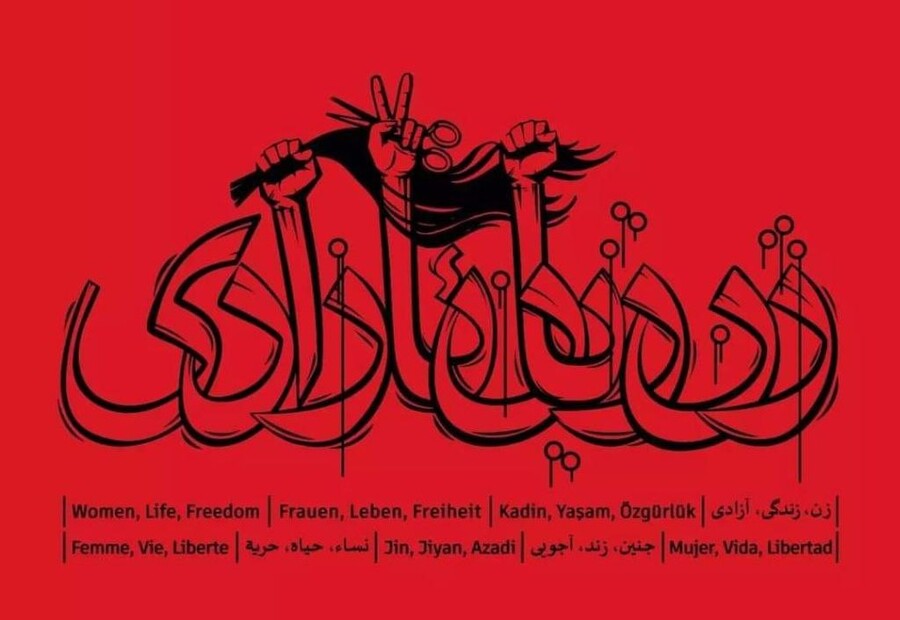Dr. Soran Rwandezi
A long time has passed over the slogan “Art for art’s sake”. This idea and approach was the result of a special view towards art which believed that the only internal and essential value of art is to be regarded. Whatever is the background or a title to art would destroy its origins. As a matter of fact, the phrase is derived from French: “l’art pour l’art” Art is only for art. This means that art must be separated from moral, social, educational, and other interests. In other words, we can simply say; Art is important according to its inherent values, not the external values inserted into the artistic context.
The term was first used by “Théophile Gautier” in the introduction to his novel “Mademoiselle de Maupin”.
But it was in France that his first critic was found. He was “George Sand”. “Art for art is nonsense”, Sand said. The great German philosopher “Friedrich Wilhelm Nietzsche” wrote in “Twilight of the Idols”; There is no such thing as art for art’s sake.
Obviously, both groups provide evidence and analysis for their arguments; those who believe that art is only the mental beauty of the work of art and those who believe that art must be seen and created for something more important, which is human beings and society. We do not want to settle this issue now, but we emphasize a kind of art that considers itself committed to political and social events, human destiny, and dignity.
We know an artist is not a separate creature from society who cannot ignore political and social events and human destiny. On the other hand, these events and the type of human behavior in society affect the personality and feelings of the artist. How can an artist who is influenced by those events and coincidences detach themselves from those circumstances and think separately from that space and atmosphere and only examine the form and structure of their artistic context?
Because of its importance the more we look the less we find an artist who does not consider themselves committed to the events.
Of course, there have been people who did not care about this issue and obviously, society did not pay much attention to them.
If we mention examples of the world literature, we can find committed artists and writers in most countries who have played an influential role and have become the pride of their country and humanity. However, we should not forget that committed and resistance art does not mean direct slogans and abasing the beauty, artistic level, and form of the contexts.
For instance, in the work of great painters such as Pablo Picasso, “Guernica”, is a reaction to the brutality of the dictator’s soldiers. When the soldiers go to his gallery and see the important painting on the wall, they ask him, “Is this your work?” He answers, “No, it is the work of your crime”.
In novels, if we want to mention such works, we can mention the novel “The Feast of the Goat” by “Mario Vargas Llosa”. This world masterpiece tells the story of the dictatorship of Trujillo, a country ruled by a dictator, and the ways of confronting the dictator in the Dominican Republic. In poetry, we can mention Federico Garcia Lorca, who gave away his life to his poems and created committed and artistic texts such as “Guardia Civil Song” and “At Five in the Afternoon”, etc. In music, “Victor Jara” played for the people and against the authorities until the last drop of his blood and became part of the history of art and the glory of modern humans. So, in short, a form of art that is not committed to the wounds and pains of society and human beings has nothing to give to them. Beauty and form alone are not enough. These are two necessary but imperfect conditions for an artist’s context. There may be objections, however, the facts of art history are clear to the critics.
In Kurdistan too, Kurdish artists have tried to keep pace with the pain and suffering of society in all fields of art. From Kurdish painters such as Dr. Rebwar Saeed, Rostam Aghala, Shorsh Ahi, and Hadi Ziadini, to poets such as Swara, Hemn, Hazhar, Sherko, Pashew, and writers such as Qezalji, Hussein Arif, Ibrahim Ahmad, Sherzad Hassan, Atta Nahaie, etc. These and many others are examples of Kurdish literature and art. In other commentaries, we will discuss the significance of their work and artistic creations as the art of protest and resistance.
To be continued…









